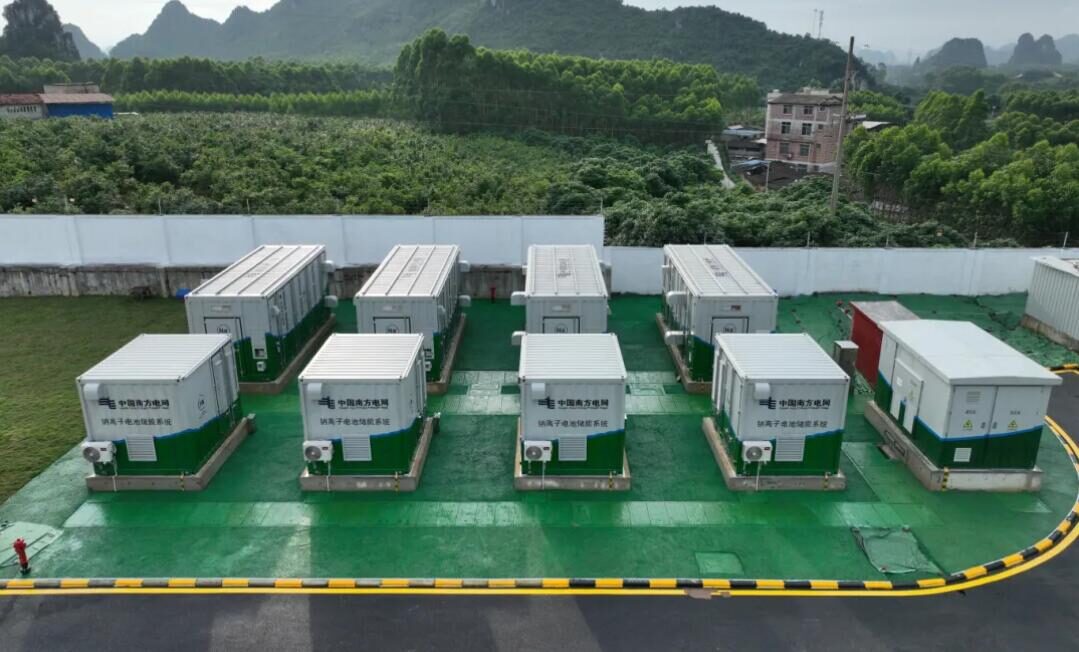Developing new solar power generation capacity could be cheaper than running existing coal-fired power plants in Vietnam as early as 2022, according to a study by financial thinktank the Carbon Tracker Initiative.
The London-based not-for-profit group posited that timescale as one of three scenarios it examined to explain why Vietnamese policymakers would be ill advised to follow through with a planned coal pipeline amounting to 32 GW of new capacity.
Comparing the cost of running coal based power plants in a nation dependent on seaborne imports with a median estimate of the levelized cost of electricity produced from PV projects, analysts found that new solar would outcompete existing fossil fuel assets by 2032 even in the worst case scenario for the renewable energy.
The key to the comparison rested on fuel costs to transport coal to Vietnam. A low weighted average fuel cost of $64/ton would see new PV more attractive by 2032. A fuel price of $81/ton would bring the inflection point forward to 2028 and PV would be more attractive than coal within three years if the fuel price rose to $99/ton, according to Carbon Tracker.
The analysts added, in the thinktank’s Here comes the sun (and wind) report, the comparison fails to anticipate any further fall in the price of solar energy – an unlikely scenario as solar prices continue to retreat and generation efficiencies rise in a nation which still offers feed-in tariff-based incentives but may switch to reverse auction procurement at some stage.
The priciest coal in the world
On top of that, the analysts point out that the long-run costs of coal, including transport expenses, could rise from around $47/MWh to the highest level in the world if Vietnamese policymakers choose to adopt carbon pricing or basic air pollution prevention laws.
The Carbon Tracker report quotes an estimate made by the Institute for Energy, Economics and Financial Analysis that Vietnam may spend up to $1.3 billion per year importing coal, as well as figures produced by the Green Institute for Development that indicate the nation could save $7 billion annually by cancelling 30 GW of its planned new coal generation capacity.
And the analysts warn investors of the risk of being landed with stranded coal generation assets in a nation where thermal power plant capacity utilization had already fallen from 70% in 2010 to 60% in 2017. With an estimated capital recovery period of 15-20 years for investors in coal generation capacity, the Carbon Tracker findings indicate coal will cease to be the lowest cost option well before payback is reached on any future plants.
Vietnam has committed to reducing its greenhouse gas emissions by a quarter by 2030 with the help of 18 GW of new onshore wind and PV generation capacity. For solar alone, the government aims to raise generation capacity which stood at just 8 MW two years ago to some 12 GW by 2030.
With the Vietnamese government embracing renewables, recent figures showed the nation had surpassed India as the biggest recipient of solar panel exports from PV powerhouse and neighbor China.
This content is protected by copyright and may not be reused. If you want to cooperate with us and would like to reuse some of our content, please contact: editors@pv-magazine.com.




The Vietnamese are rightly suspicious of Chinese imperialism, soft and hard. The Chinese actually invaded Vietnam in 1979. Seaborne coal is vulnerable to interdiction by the Chinese PLN, with which Vietnam cannot compete. I bet the heirs of Giap are on the side of self-sufficiency and renewables in the debates within the Party oligarchy.